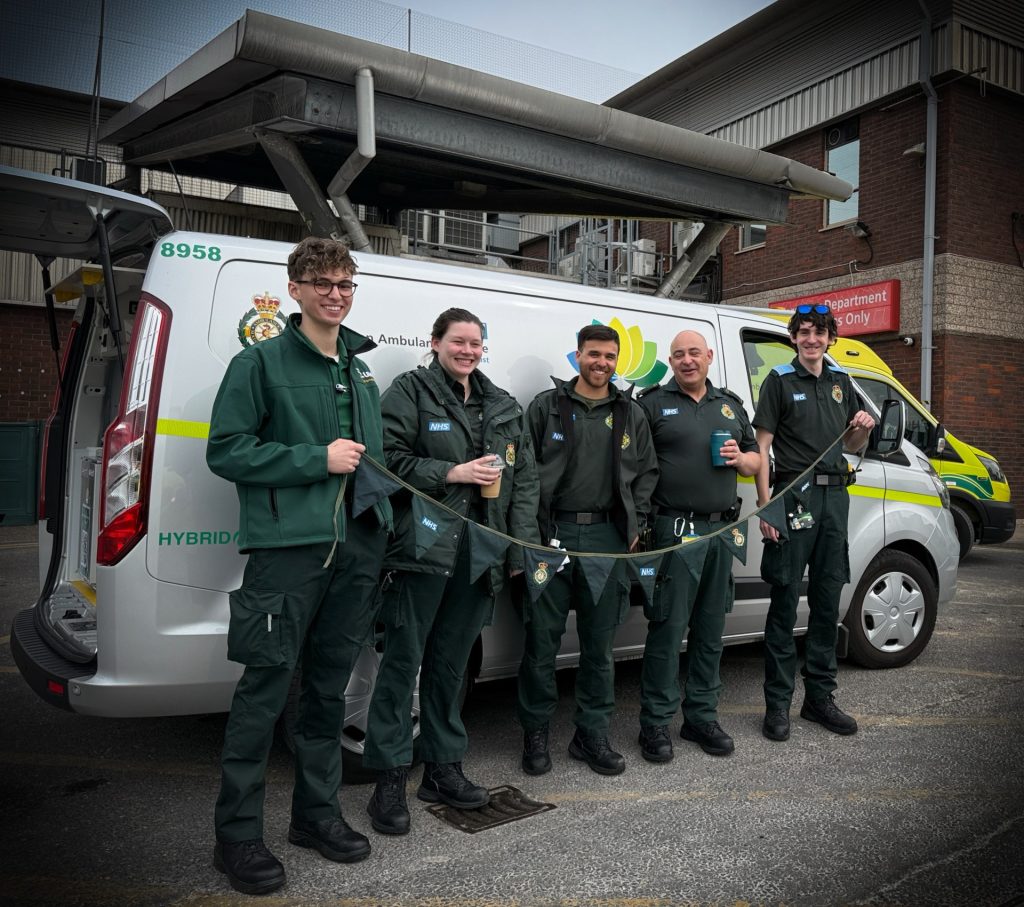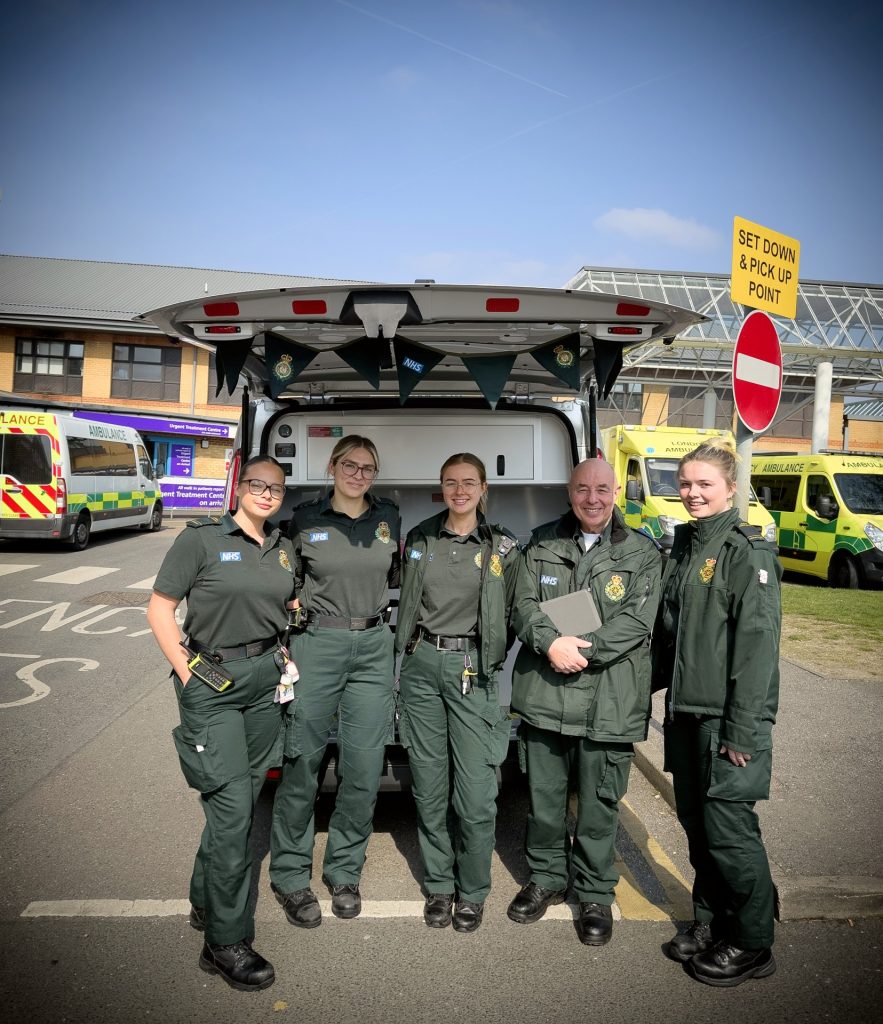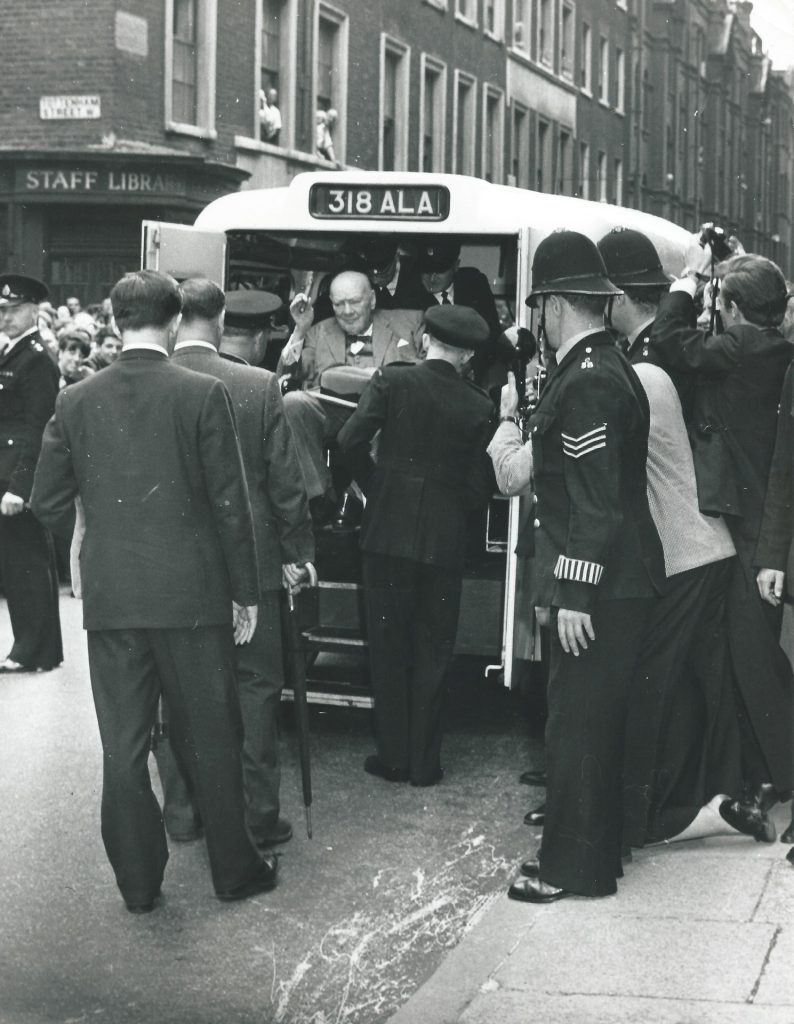London Ambulance Service celebrates 60 years of saving lives
Staff past and present will gather at the headquarters of London Ambulance Service to mark 60 years of saving lives on Tuesday (1 April).
Historic vehicles and uniforms will be displayed outside the Waterloo headquarters to commemorate the day ambulance services across London joined together to create one single service for the capital.

“We have been there for Londoners through triumph and through tragedy. And we have come so far since our official launch 60 years ago.
“But the pride we have in the Service and the pride we feel in our past endures and we will always be proud to be there for you.”
Ambulance services had existed before 1965 but previously come under control of various bodies, from the fire service to the London County Council.
Sixty years ago nine services amalgamated to form London Ambulance Service. At that time there were 77 stations and 2,500 people employed.
Ambulance attendants worked eight-hour shifts and drove the Morris, Dennis and Austin ambulances.
The 999 number had come into use in the 1930s and by 1965 there were around a million calls for ambulances in the whole of the UK. Now in London alone, there are 2 million 999 calls a year and 2.2 million 111 calls.
Equipment on a 1965 ambulance was limited – usually a stretcher, splints, breathing apparatus and bandages – and the role of an attendant was to collect patients and get them straight to hospital.

Deputy Chief Executive and Chief Finance Officer Rakesh Patel said: “Throughout the years, those on the frontline have been witness to some of London’s darkest days including rioting; rail disasters like Moorgate and Ladbroke Grove; and deadly fires such as Kings Cross and Grenfell Tower.
“Their bravery was notable particularly when terror hit – from the IRA bombings of the 1980s, to the 7/7 attack and the more recent Westminster and London Bridge attacks. Ambulance crews were seen heading into danger as others fled.
“And when the country went into lockdown for Covid-19, we had more staff and volunteers working for us than ever before, proving their resilience and resourcefulness during a frightening time for us all.”
The Service also helped to deliver some of London’s proudest and defining moments, with hundreds of ambulance clinicians working at the 2012 Olympic Games.
They also helped to keep Londoners and visitors safe during events like the Queen’s funeral and the King’s coronation.
Daniel Elkeles, Chief Executive of London Ambulance Service, said: “In six decades we will have touched the lives of so many people in London. And events have demanded innovation.
“We pioneered our Hazardous Area Response Team and later the Tactical Response Unit after the London bombings in 2005.
“Among many changes, the pandemic saw us innovate to better integrate 111 and 999; improve partnership working to reduce the number of avoidable hospital conveyances and expand our use of video triage calls – especially for stroke, trauma and paediatric patients.
“We have developed specialist teams including mental health, maternity, elderly fallers and end of life care to cope with increased demand which has also led to an expansion of our team of paramedics treating people over the phone.
“And to tackle air pollution in London – and save fuel costs – we are driving towards net zero with the largest emergency fleet of fully-electric vehicles in the country.”

Former staff have been invited to the Service’s headquarters for the celebration event and guest of honour is 93-year-old Ron Davis who worked for London Ambulance Service from its very first day in 1965.
A specially-commissioned flag will be raised and then the public will be invited to join a training session to learn life-saving skills. They will also be able to take a stroll down memory lane with memorabilia from the last 60 years on display.
Craig Henty, Head of the London Ambulance Service Historic Collections, has curated the exhibits.
He said: “It is fascinating to look back at the lives of those ambulance men and women who came before us.
“Not just the differences in the way they worked but also the culture – some ambulance stations had dance floors and bars back then!
“But reflecting on how far we have come reminds us that everyone at London Ambulance Service is one small part of an incredible team that this city relies on to keep it safe every single day.”
60 years of saving lives:
- In 1965 7.8 million people lived in London, now it’s nearly nine million.
- The Service conveyed around 130,000 patients to hospital a year in 1965, now it is around 500,000.
- On 1 April 1965 around 2,500 colleagues worked for London Ambulance Service, compared to nearly 11,000 today.
- In the 1970s, the Headquarters in Waterloo opened.
- The 1980s saw the first defibrillator in ambulances and the launch of the Helicopter Emergency Medical Service.
- Ambulances became yellow in 2003 and the Cycle Response Unit was launched in the decade.

Follow us on social media: